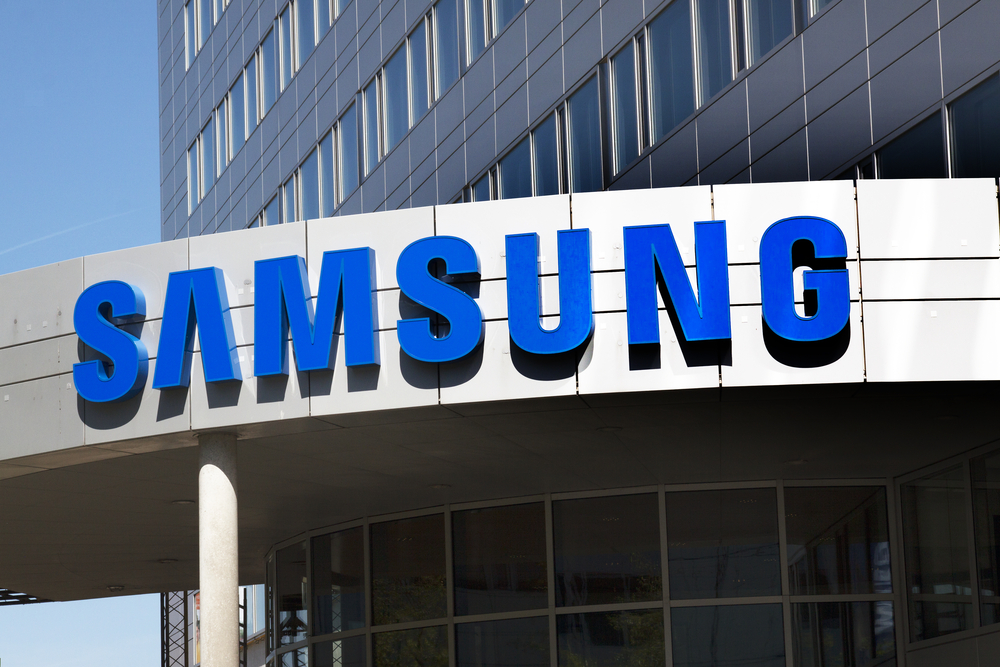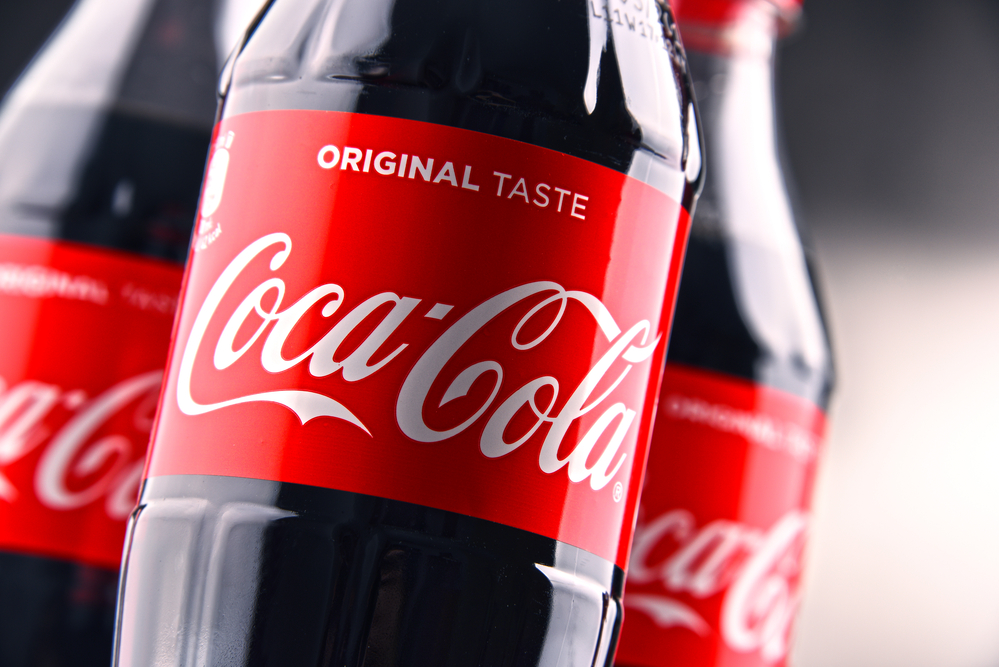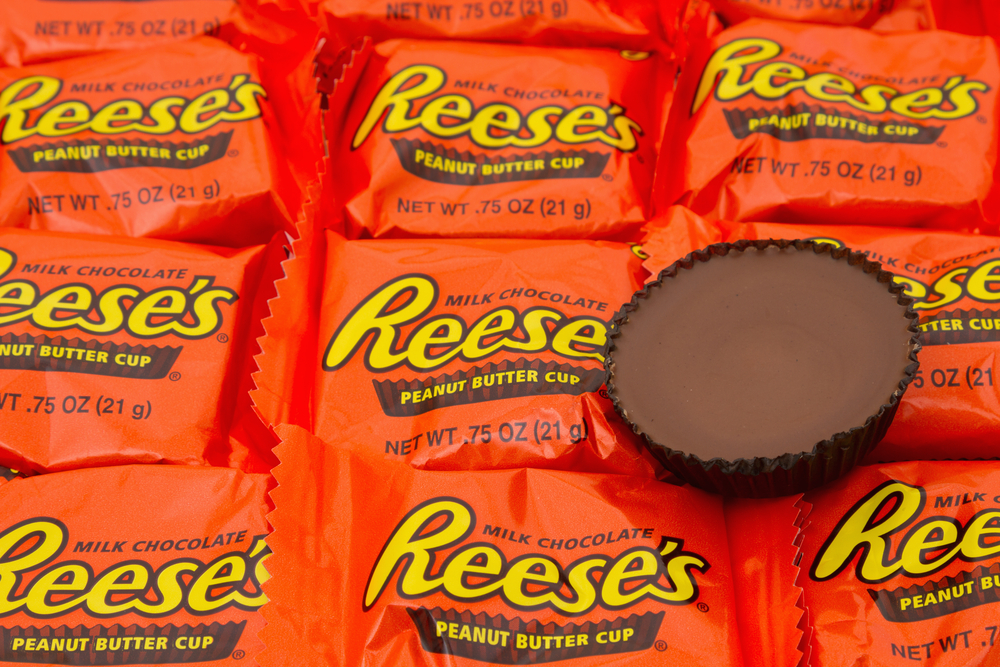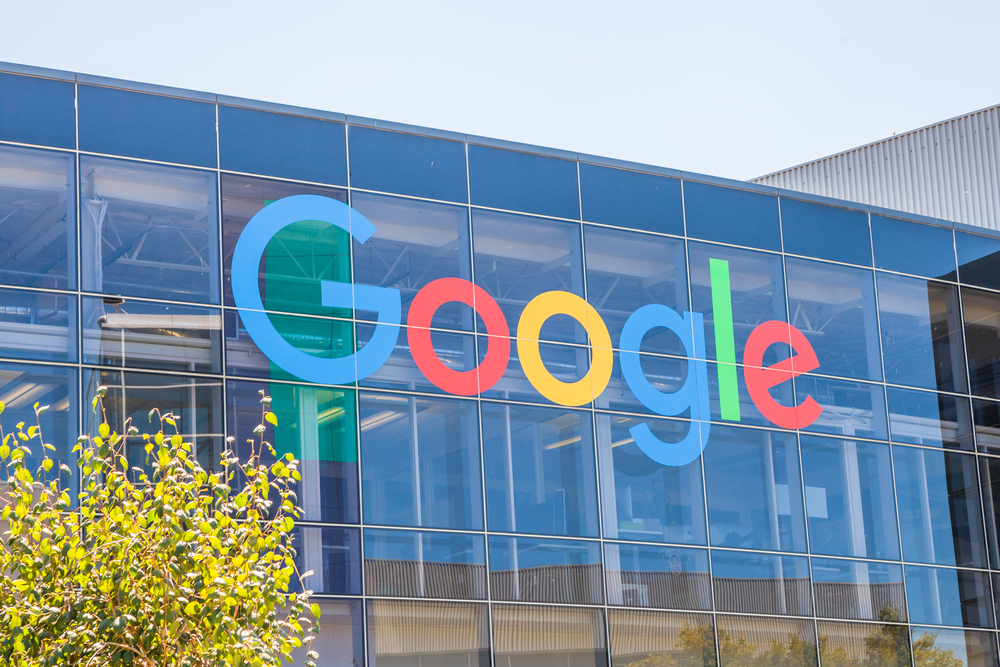The ideal recipe for a brand logo consists of a memorable logo type plus a colour that reflects your business. When choosing brand logo colours, colour psychology is an advantage in understanding how it affects your brand identity and consumer perception.
What is Colour Psychology?
Colour psychology studies how different colours affect the way we behave and feel. Every colour, tone, hue, and shade can produce unique perceptions that influence decision-making. For example, consumers made up to 90% of in-the-moment judgments about products based solely on colour.
In marketing and branding, colour choice impacts how consumers view brands, businesses, and products. Because of its dominant visual aspect, colours are the first impression consumers receive of a brand. Based on this, they attach their feelings about the colour to their outlook on the brand, like black and gold for class and elegance.
The link between colours and branding is pivotal – from brand identity to driving conversions. According to a study, food packaging colours influence how participants view food, with red-packaged foods associated with tasty, while green with health.
9 Examples of Brand Logo Colours and What They Mean
1. Green
A calming hue reflective of the environment, green brings feelings of health, nature, optimism, freshness, and logic. Be that as it may, the colour also elicits traits like envy, materialism, sickness, and blandness.

Brands with green logos: Carlsberg, Holiday Inn, Oral-B, Spotify, Starbucks, and WhatsApp.
2. Blue
The colour blue is often positively linked to feelings of serenity, logic, loyalty, and tranquillity. On the other hand, negative afflictions such as sadness, coldness, unappetising, and unfriendliness can occur.

Brands with blue logos: Facebook, LinkedIn, Pfizer, Samsung, Unilever, and Zoom.
3. Purple
Commonly associated with royalty or luxury, purple conveys sophistication, wealth, and wisdom. However, these luxurious shades are also privy to feelings of decadence, inferiority, moodiness, and suppression.

Brands with purple logos: Cadbury, Hallmark, Milka, Taco Bell, Welch’s, and Yahoo.
4. Pink
Although described as a feminine colour, pink can summon emotions of calmness, creativity, happiness, and love. Unfortunately, pink can resemble weakness, vulnerability, shallowness, and dreaminess too.

Brands with pink logos: Barbie, Baskin-Robbins, Benefit Cosmetics, Cosmopolitan, Lyft, and T-Mobile.
5. Red
A strong and bold colour, red is regularly affiliated with action, passion, power, and energy. Even so, the striking colour can carry bleak emotions like anger, violence, revenge, danger, and pain.

Brands with red logos: Canon, Coca-Cola, Netflix, Virgin Group, Wendy’s, and YouTube.
6. Orange
Warmth, innovation, optimism, courage, and friendliness are just some of the positive facets of the colour orange. Despite that, it can also be associated with frustration, insincerity, ignorance, and sluggishness.

Brands with orange logos: Fanta, Klook, Nickelodeon, Penguin Books, Reese’s, and Shopee.
7. Yellow
A bright and sunshiny colour, yellow emits energy, optimism, joy, creativity, and warmth. Nevertheless, the colour can also have negative perceptions like anxiety, caution, fear, and irrationality.

Brands with yellow logos: Chupa Chups, Lipton, Mailchimp, McDonald’s, Shell, and Walmart.
8. Black or White
Black or white logos are versatile as they can be designed as black on white or vice versa. In terms of meaning, black is optimistically linked to sophistication, power, authority, and elegance. Even so, the colour can feel negative, cold, evil, and heavy at times.

Conversely, white symbolises cleanliness, purity, innocence, and simplicity. Nevertheless, the clean colour can also be perceived as cold, sterile, empty, distant, and even plain.
Brands with black/white logos: adidas, Converse, Prada, The New York Times, WWF, and X (formerly Twitter).
9. Multicoloured
Certain brands incorporate many colours in one logo, creating an imaginative and vibrant outlook. Combined with their choice of typeface or a distinct logo shape, multicoloured logos are memorable at just a glance.

Brands with multicoloured logos: CNBC, eBay, Google, Instagram, Mozilla Firefox, and Toys ‘R’ Us.
Why Is Colour Psychology Important For Brand Logo Colours?
Implementing colour psychology in brand logo colours can benefit businesses, both for employees and consumers. Internally, brand colours help marketing teams and companies solidify their branding, reputation, and market positioning.
As brands incorporate a colour – or colours – in their brand identity, consumers are able to recognise them and understand the brand message. Moreover, these colours can generate specific emotions that may drive purchases. The positive emotions brought on by the right brand logo colours will also place your brand favourably amongst consumers.
By building and establishing a solid brand identity, brands can shift from being unknown to achieving top-of-mind awareness. Not all brands retain their original logo – with many rebranding through the years like Pepsi and Bud Light – so it doesn’t need to be perfect the first time, but should mirror the business’ unique values and strengths.


